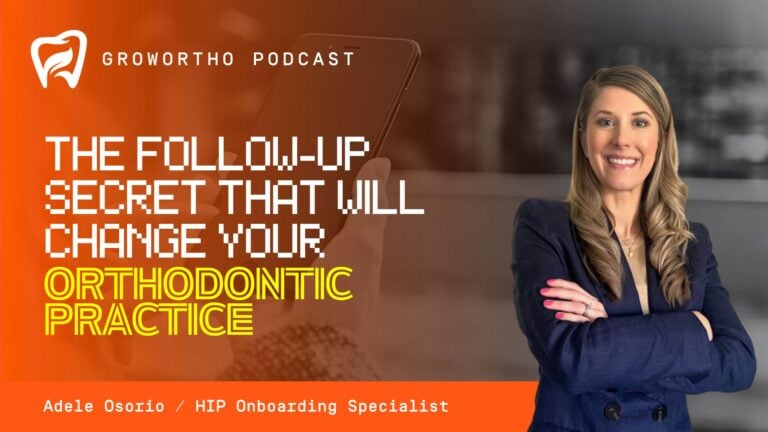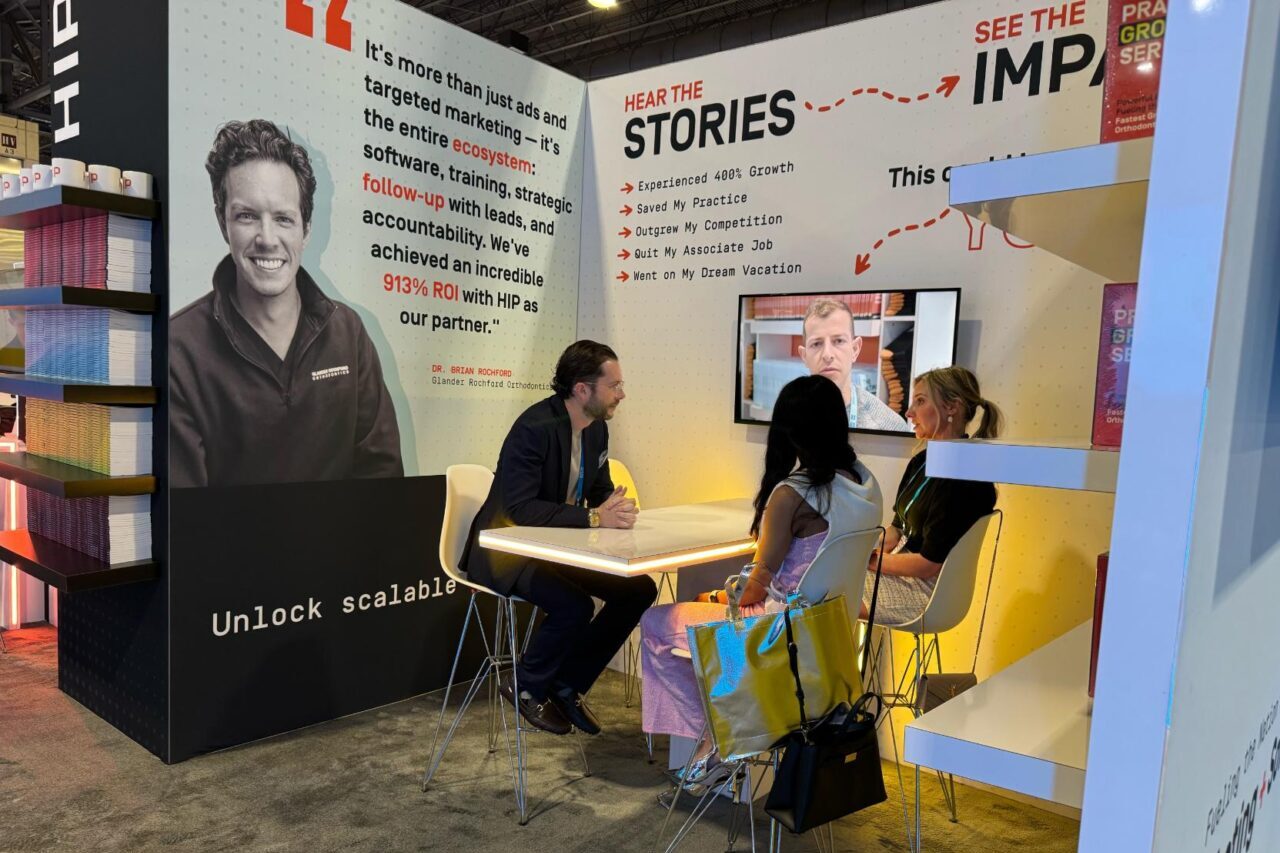If your team keeps saying the leads are bad, you don’t have a lead problem. You have a system problem. Internet leads are fast, distracted, and skeptical, but they’re not worthless. They convert when three things are true: you respond in minutes, you persist with intention, and you use the phone to earn trust. Change those three behaviors and you’ll increase orthodontic starts without buying more demand.
Find The Leaks You’re Ignoring
Start with call reality, not call assumptions. Most practices underestimate how many calls are missed, how long callbacks take, and how many “we tried once” leads are labeled bad. Even one missed new patient call per day can add up to hundreds of thousands, even over a million dollars, in lost annual production. You feel those misses as empty chairs and a crowded “we’ll think about it” list.
Look at after-hours and Fridays. Patients live busy lives. If your phone routes to a dead end during lunch, late afternoon, or long weekends, you’re training ready buyers to give up. That’s not a marketing problem. That’s an access problem.
Action you can take this week:
Why “Bad Leads” Feels True
When response is slow and follow-up is light, leads go cold and frustration rises. The team leaves a voicemail, sends a single text, and waits. Days pass. Now the lead is ghosting, shopping elsewhere, or has forgotten why they reached out. It’s easy to label that person as low quality.
In reality, the system let them drift. The fix is operational, not magical.
Common symptoms:
- First touch happens hours after form submission.
- One or two total contact attempts, often at the same time of day.
- Text-only outreach that never transitions to a real conversation.
- No clear owner for after-hours, Friday, or lunch coverage.
The Speed Law: Minutes Matter
The moment a form is submitted, the clock starts. Your odds of connecting and qualifying are highest in the first minute. Results decline within five minutes and fall sharply after that.
The takeaway is simple. Treat speed to lead like a clinical standard.
What good looks like:
- Service-level agreement: first dial within one minute for all web leads during open hours.
- If you miss the one-minute window, continue to work the lead with urgency for the next hour.
- During lunch, late afternoons, and Fridays, assign live coverage or a trained overflow team.
This isn’t pushy. It’s respectful. People raise their hand when motivation is high. If you help them in that moment, everyone wins.
The Persistence Principle: One Touch Rarely Converts
One voicemail and one text isn’t follow-up. It’s a hope. Most internet-sourced conversions require multiple, varied touchpoints over several days. You get there by planning the cadence, not by improvisation.
A simple six-touch starter cadence:
- Minute zero to one: Call. If no answer, leave a short, warm voicemail. Immediately send a confirmation text.
- Hour one: Call again. If no answer, no voicemail. Send a helpful text that asks a question.
- Day one (evening): Call again. If no answer, short voicemail.
- Day two (midday): Call. Follow with a text that offers a specific appointment window.
- Day four: Call. Leave a final friendly voicemail.
- Day seven: Text with one clear next step and permission to close the loop.
Two important notes:
- Vary the time of day. If you always call at 10 a.m., you’ll always miss the same people.
- Log every touch. If you can’t see it, you can’t coach it.
Phone First Wins Trust
Text is convenient, but the phone converts. A human voice lowers anxiety, handles insurance and cost questions, and helps a patient commit to the next step. The best teams pair the two: call to connect, text to confirm.
Keep your language simple and empathetic:
- “I saw your message come through and wanted to help right away.”
- “If mornings are tough, I can hold a late-afternoon consult. Does Tuesday or Wednesday work better?”
- “We’ll check benefits for you before you arrive so there are no surprises.”
Avoid long technical explanations. Early conversations should be short, clear, and centered on the patient’s goal. Education deepens later, once trust is built.
Build A Conversion System, Not A Script Binder
High performance comes from a simple machine that everyone can run. Make it visible, assign owners, and coach the moments that matter.
The core system:
- SLA and coverage: One-minute first dial during open hours. Clear plan for lunch, late afternoons, Fridays, and after-hours.
- Cadence: Six-touch minimum that blends calls and texts. Put it in your CRM as a one-click workflow.
- Scoreboard: Daily counts for new leads, time to first touch, touches per lead, consults set, consults kept, and starts. Share the scoreboard at the same time every day.
- Roles: A named owner for first response, a backup for coverage windows, and a coach who reviews calls weekly.
- Call library: Save examples of great openers, effective objection handling, and clean handoffs. Use them in training.
- QA rhythm: Ten call reviews per rep per week. Coach the open, the ask, and the setup for same-day starts.
Scripts That Keep Momentum
Use these as starting points and make them your own.
Voicemail one (first minute): “Hi, this is Erin with Dr. Patel’s office. I just saw your message and wanted to help right away. I’ll try you again shortly, or you can call me at 555-0134. Talk soon.”
Follow-up text (first minute): “Hi, this is Erin with Dr. Patel. Just tried your number. I can hold a consult this week if you prefer after work. Would Tuesday 4:30 or Wednesday 5:15 be easier?”
Price shoppers: “I can give you a useful range, but the best way to lower your out-of-pocket is to verify your benefits and show you all payment options. I can do that before you arrive. Do mornings or afternoons work better?”
“We’re just looking”: “Totally fine. Most people check two or three offices. Let me make this easy. I can hold a no-pressure consult, we’ll check benefits, and you’ll leave with clear next steps. Want me to grab you a late afternoon spot?”
Handle Edge Cases With Intention
After-hours and weekends: Offer a self-serve booking link, then call back fast when you open. For high-intent channels, consider limited live coverage in the evenings.
Out-of-market leads: Keep a light touch. If location is the blocker, close the loop gracefully and invite them to save your details.
No-shows and cancels: Treat them like new leads. Call within one minute of the missed appointment time, offer two concrete rebook options, and text the link to reschedule.
Measure What Matters And Coach Weekly
Numbers tell the story. Review them with your team and decide what to change.
Minimum weekly review:
- Median time to first touch for web leads.
- Percentage of leads that reached six touches.
- Conversion to consult and consult-to-start by lead source.
- Call answer rate by hour and day to find coverage gaps.
- Top objections heard and the language that worked.
Keep the meeting tight. Celebrate quick wins. Choose one behavior to improve next week.
Practical Checklist You Can Start Today
- Write your one-minute SLA and coverage plan on a single page and share it with the team.
- Load a six-touch cadence into your CRM and make it the default for all internet leads.
- Record and review ten calls this week. Coach the open, the ask, and the next-step setup.
- Add two simple texts and two voicemail templates to your playbook.
- Post a daily scoreboard on a screen where everyone can see it.
- Tie recognition to behaviors you want repeated: fastest qualified response, best save, cleanest handoff.
Bring It Together
Leads are rarely bad. Systems are often slow, soft, and silent. When you speed up the first touch, follow up with discipline, and use the phone to build trust, the same lead pool produces more consults and more starts.
The mindset shift is simple. Respect the moment a patient raises a hand, guide them quickly and clearly, and don’t stop after the first no-answer. Do this consistently and you’ll increase orthodontic starts without increasing spend.
If you want help installing this system, we can map your speed to lead, build the cadence inside your tools, and coach the language that turns interest into starts. Clear standards, simple follow-up, and weekly coaching. That’s how you win.




